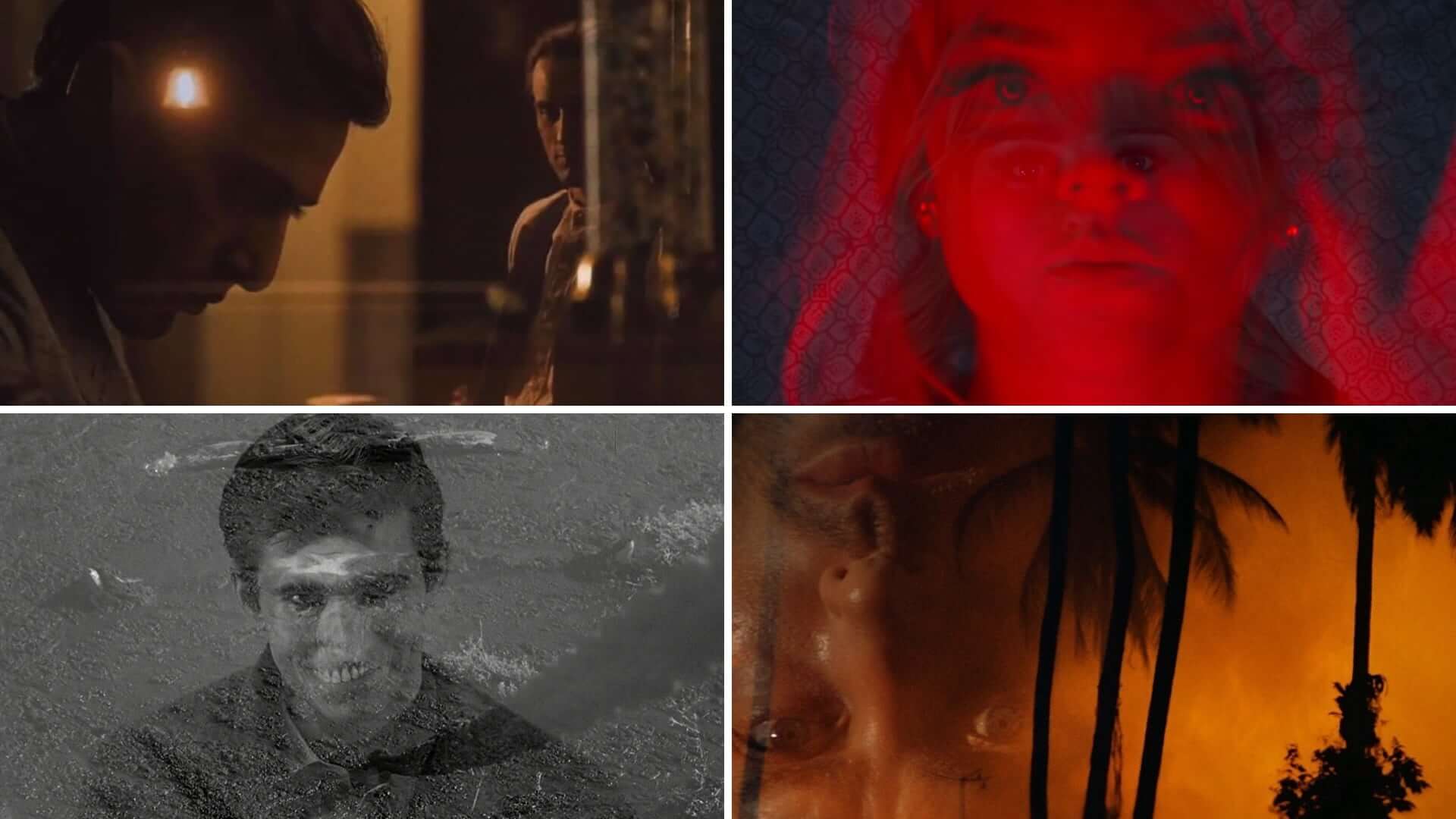In the realm of cinema, the magic often lies in the unseen—the techniques and tricks filmmakers use to craft stories that captivate us. One such technique, often overlooked but incredibly impactful, is superimposition. It’s a tool that has evolved with the medium, from its birth in the darkroom to its modern-day digital incarnation. But what is superimposition in film? How does it work, and why do filmmakers use it?
What is Superimposition in Film?
First, let’s define superimposition
Before we delve into the mechanics and applications of superimposition, let's first establish what it actually means.
SUPERIMPOSITION DEFINITION
What is superimposition in film?
Superimposition in film is a technique where two or more separate images or sequences are layered over each other to create a single frame. It's a form of multiple exposure achieved in post-production, meaning that more than one shot is exposed onto the same piece of film. This results in a composite image that has an almost dreamlike or ethereal quality to it.
Filmmakers often use superimposition to depict flashbacks, visions, or the passage of time. It's a powerful storytelling tool, allowing for the simultaneous representation of different layers of reality or aspects of a character's mind.
What is Superimposition in Film Used For?
- Depicting character’s internal thoughts or memory
- Showing passage of time visually
- Representing multiple layers of reality simultaneously
- Text overlay
How is Super Imposition in Film Created?
The craft of superimposition
Superimposition wasn't born in the digital age. Far from it. Its roots go back to the very beginnings of film, when filmmakers were experimenting with the possibilities of the medium.
Former-magician-turned-filmmaker Georges Méliès brought his magic tricks from the stage and put them on screen. In films like The One-Man Band, he shot multiple versions of himself in the same shot by running the same piece of film through the camera multiple times.
The One-Man Band (1900) • Early Superimposition Example
Later, superimposition was achieved in the darkroom by physically layering pieces of film on top of each other and exposing them to light.
As technology advanced and filmmaking became more sophisticated, so did superimposition techniques.
In the mid-20th century, optical printers were introduced, allowing for more precise and seamless superimposition in post-production. Filmmakers could now control the placement of different images on a single frame, creating complex and visually stunning compositions.
Dr. Jekyll and Mr. Hyde (1931) • Superimposition Example
With the advent of digital technology, superimposition has become even more versatile. No longer limited by the physical constraints of celluloid film, filmmakers can now layer multiple images with precision and ease using editing software.
his has opened up a whole new world of possibilities for editors and filmmakers, who can now create complex and seamless superimpositions that were once only possible with costly and time-consuming techniques.
What is Superimposition in Film Used For?
The power of superimposition
Superimposition isn't just a trick — it's a storytelling tool. It's used in various ways, from creating seamless transitions to enhancing narrative elements.
This video analyzes the many uses of the dissolve enabled by superimposition.
The Film Dissolve: The Hardest Cut
Let's look at some of the most common ways filmmakers use superimposition.
Flashbacks and Visions
One of the most common uses of superimposition in film is to depict flashbacks or visions. By layering two images, one from the past and one from the present, filmmakers can visually represent a character's memories or thoughts. This can add depth to a character's backstory or provide insight into their inner world.
Parallel Storylines
Superimposition can also be used to depict two separate storylines happening simultaneously. By layering two different scenes, filmmakers can create a sense of parallelism or foreshadowing. This technique is often used in films with multiple plot lines or intersecting narratives.
Symbolism and Metaphor
As superimposition creates a layered image, it's an effective tool for conveying symbolism and metaphor. By layering images that represent different ideas or concepts, filmmakers can create a deeper meaning in a scene or sequence.
Time and Space
Superimposition allows for the representation of time and space in non-linear story structure. By layering images from different times or locations, filmmakers can create an otherworldly effect that reflects the complexities of human perception.
Text and Image
Text superimposition is another popular application of this technique. It's not just about slapping words onto a scene — it's about integrating text into the visual narrative in a meaningful way.
Superimposition plays an integral role in cinematic language, allowing filmmakers to visually embody complex themes and concepts. Although the means of creating superimposition have dramatically evolved — from the physical layering of celluloid film in darkrooms to the precise digital manipulations today — the essence of its technique remains constant.
No matter how the medium of film evolves, the relevance and importance of superimposition in the cinematic landscape remain undiminished, profoundly influencing the way stories are told and perceived.
Up Next
What is a Dissolve in Film?
After learning about the use of superimposition in film, let us redirect our focus to another pivotal editing technique it enabled, one that has made an enduring impact on the art of cinematic storytelling: the dissolve.
Up Next: Film Dissolves →
Showcase your vision with elegant shot lists and storyboards.
Create robust and customizable shot lists. Upload images to make storyboards and slideshows.
